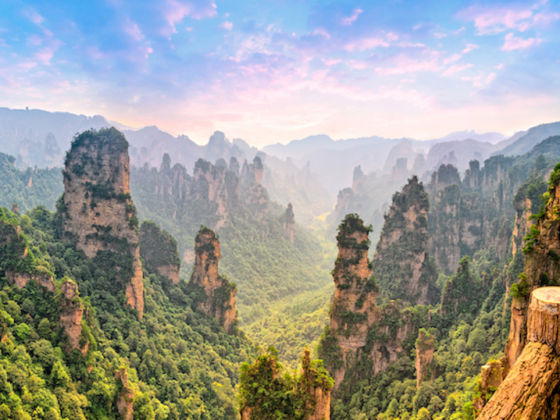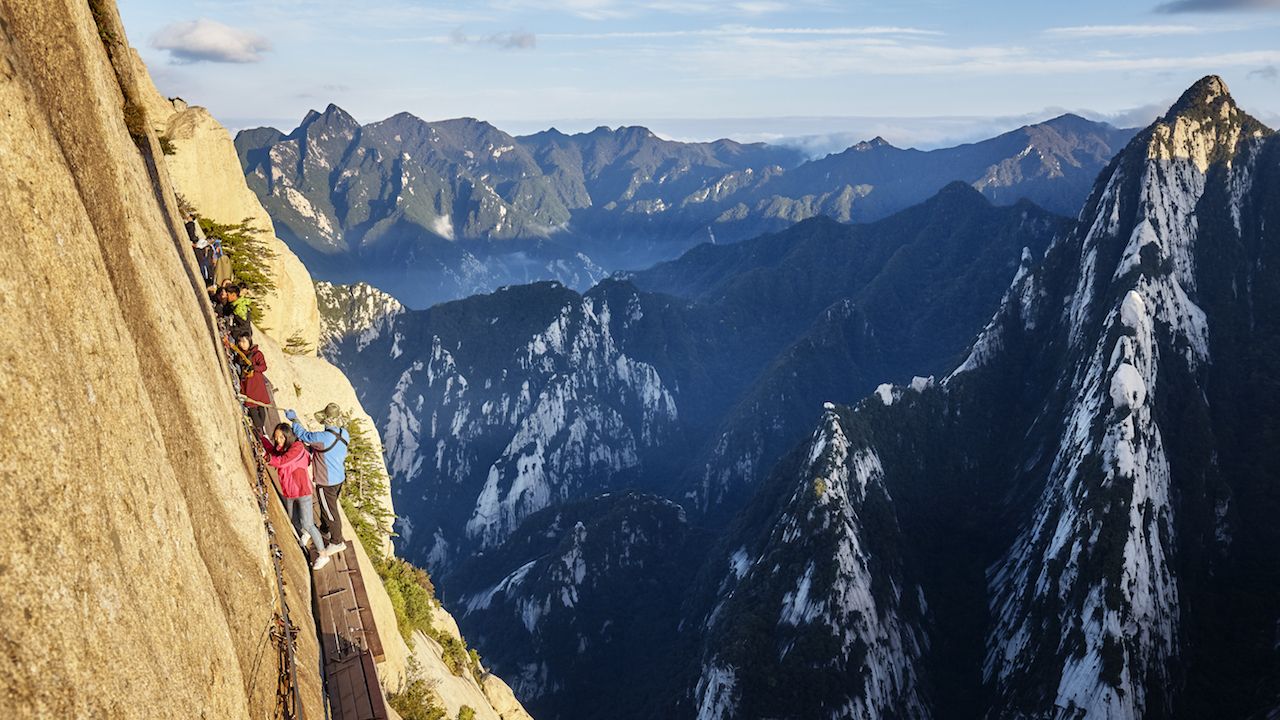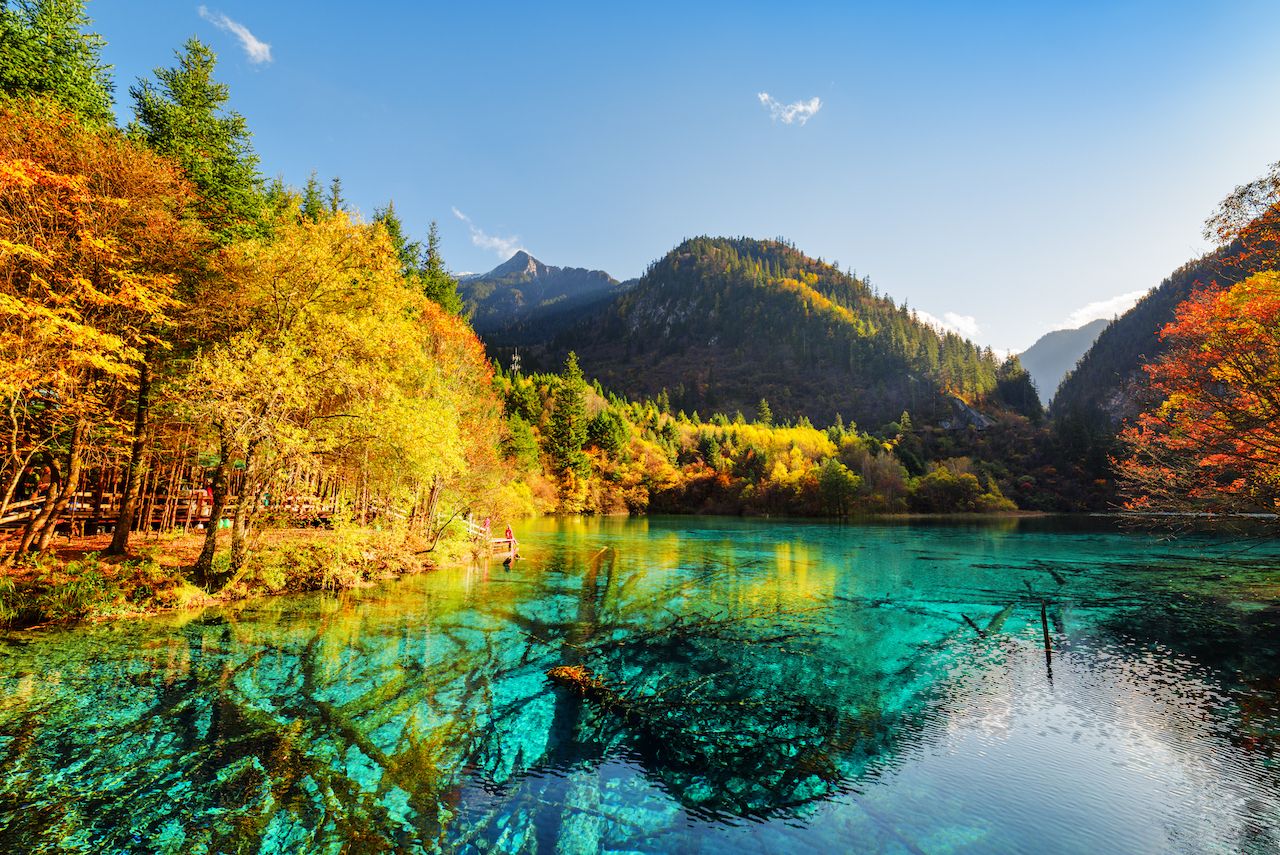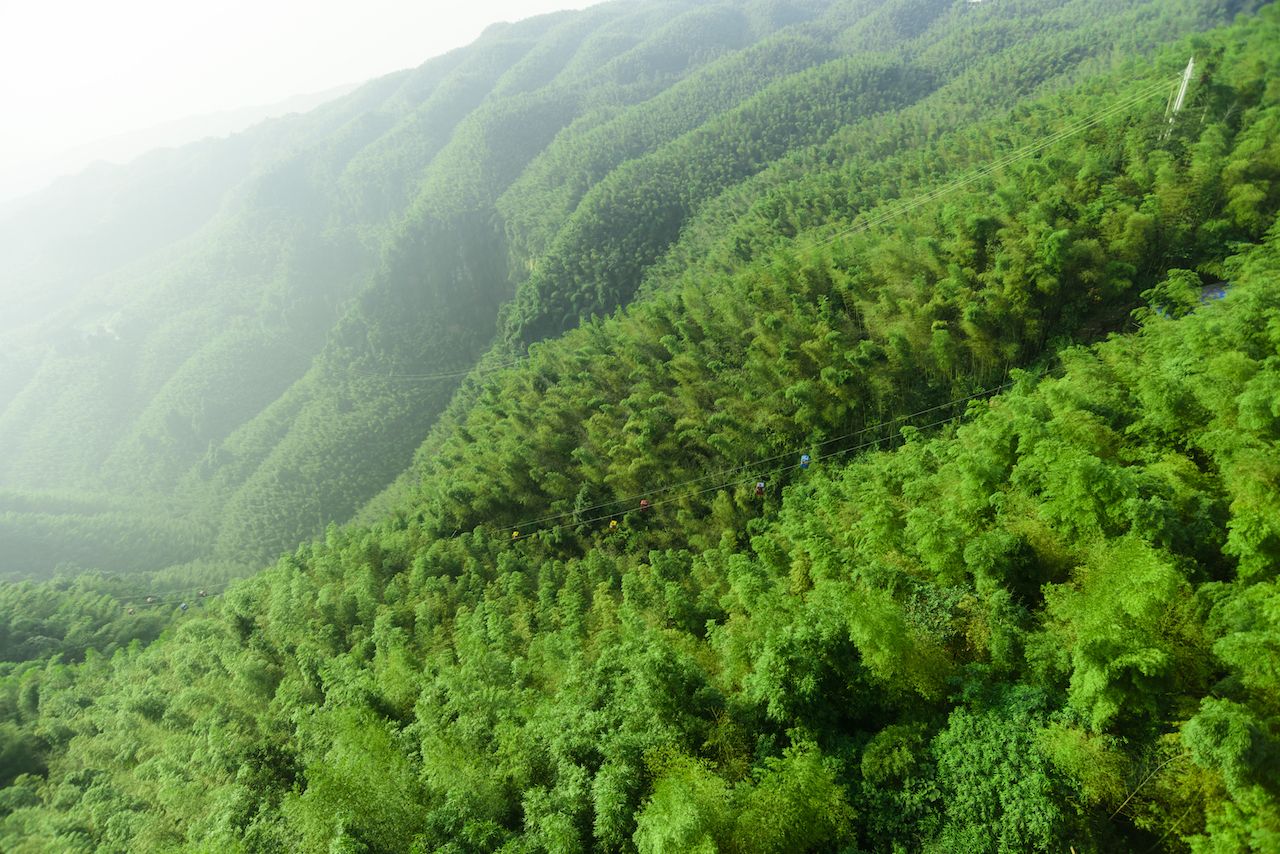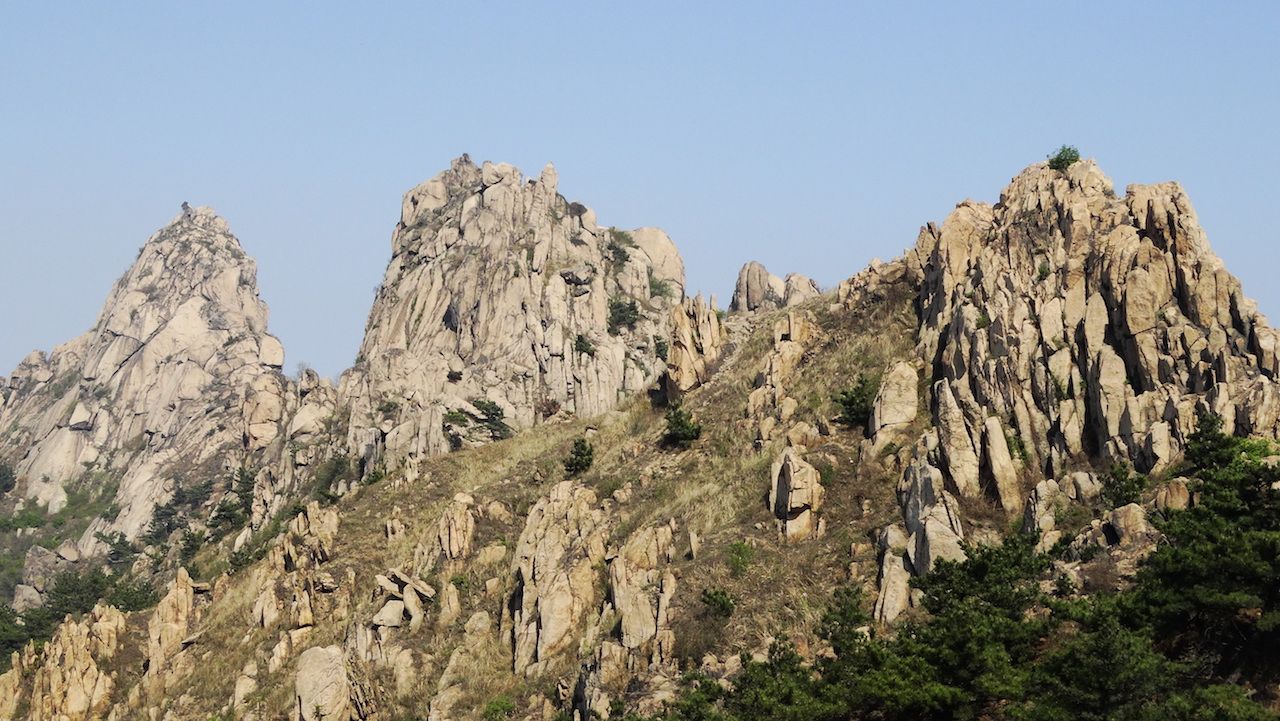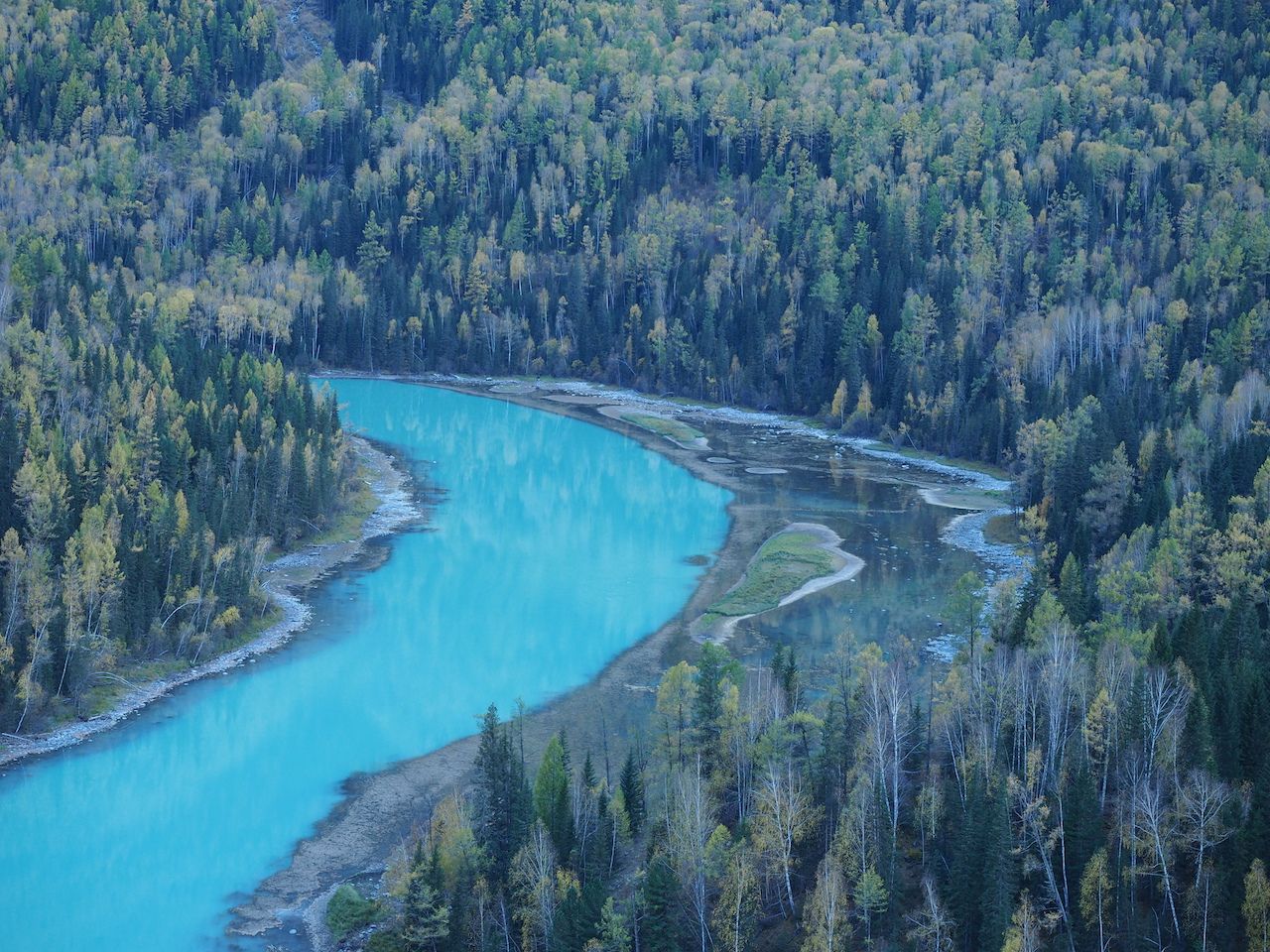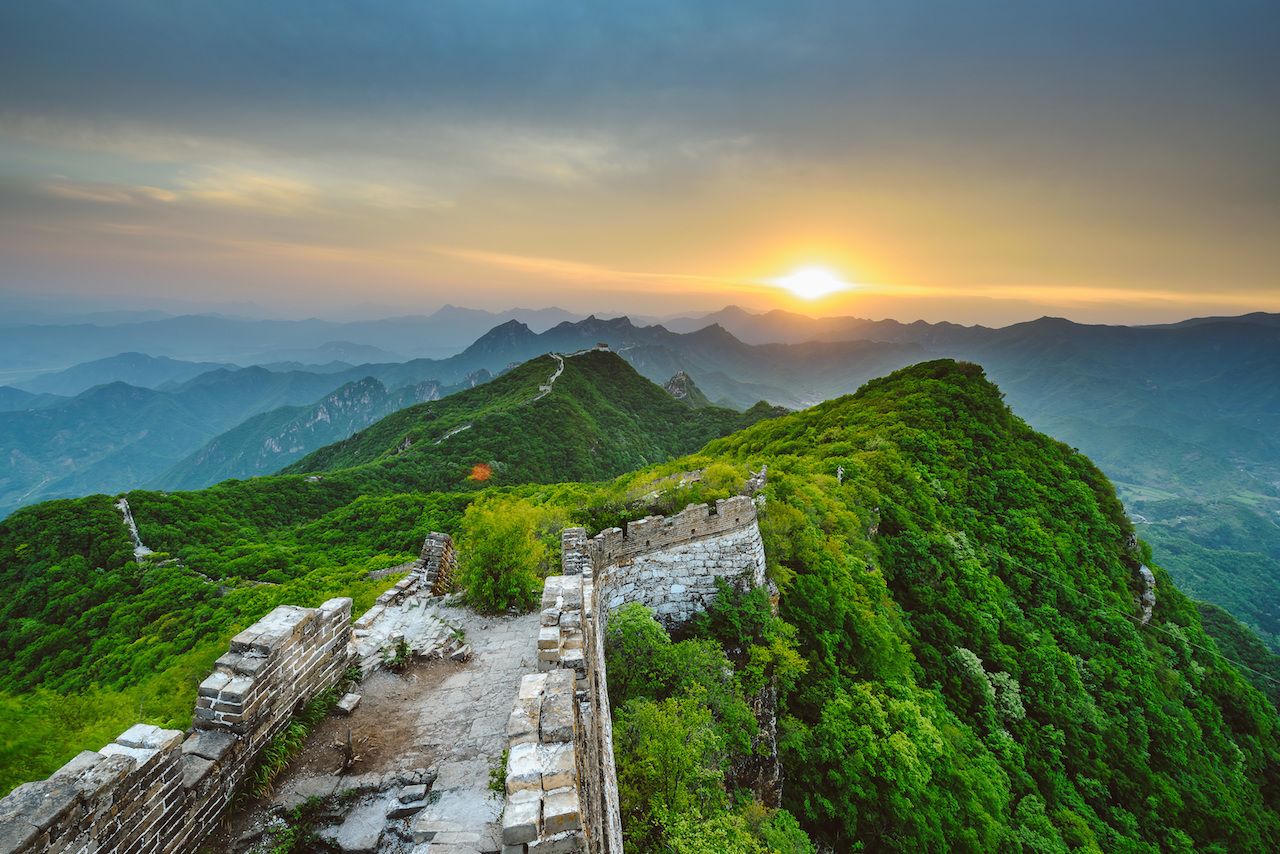When most travelers come to China, they think of big cities like Beijing or historic sites like the Great Wall — hiking is hardly on their radar. After all, China is hard enough for visitors to navigate inside its cities; hiking there seems to present a whole new world of challenges.
But China has some of the most stunning, and unusual, forests and mountain areas anywhere. Some of them are close to major cities, although we’ve also listed places that are much farther but still so stunning and unique that they’re worth the effort. Here are some of the best hikes in China that prove it’s one of the most underrated trekking destinations in the world.
